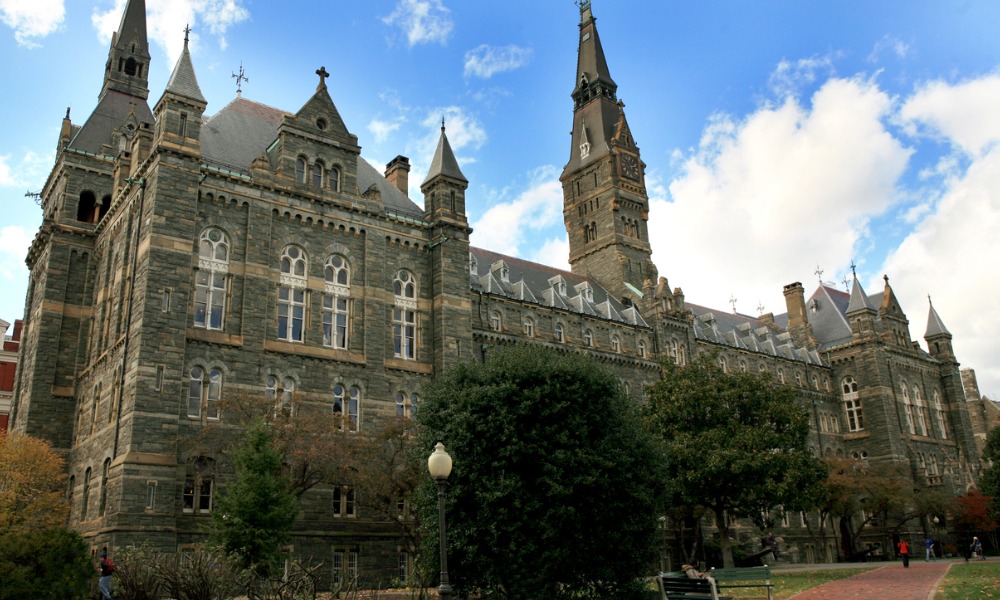
Graduates from the US law schools that perform poorly earn under $55,000 net of debt

A new report from the Georgetown University Center on Education and the Workforce (CEW) has revealed significant disparities in earnings and debt burdens among law school graduates.
The report highlighted that graduates from top law schools, such as Yale, Stanford, and Northwestern, have significantly higher earnings and bar passage rates than those from lower-ranking institutions.
CEW Director and lead author Jeff Strohl commented, "When it comes to law school, the best returns are concentrated among a small number of institutions, educating approximately 20 percent of law students. Graduates earn the highest salaries from highly selective institutions. The top 26 law schools lead to six-figure salaries and a bar passage rate of 97 percent."
The report indicated that graduates from the highest-ranking law schools typically earn six-figure salaries and experience a 97 percent bar passage rate. Conversely, graduates from the 33 lowest-ranking law schools earn less than US$ 55,000 net of debt four years after graduation and have lower bar passage rates.
Disparities are particularly pronounced among women and marginalized racial or ethnic groups, who are more likely to enroll in lower-ranking law schools with poorer earnings outcomes and higher unemployment rates. Although women now comprise 56 percent of law school students, they represent only 39 percent of practicing lawyers. For prime-age working lawyers, men earn a median of US$ 141,000, compared to US$ 113,000 for women, reflecting a gender pay gap of US$ 28,000. However, this gap is narrower for entry-level lawyers, suggesting that institutional barriers and attrition contribute to the earnings disparity as careers progress.
Despite increased diversity in law school enrollments, members of marginalized racial or ethnic groups remain underrepresented in high-paying large law firms. Asian American lawyers have the highest median salaries at US$ 132,000, followed by white (US$ 131,000), multiracial (US$ 125,000), Hispanic/Latino (US$ 113,000), and Black/African American lawyers (US$ 108,000). However, these figures do not account for the student loan payments many law graduates continue to make years after completing their degrees.
Survey data indicates that Black/African American and Hispanic/Latino graduates are more likely to leave law school with higher debt burdens than their white or Asian American peers. CEW’s analysis of College Scorecard debt data showed that law school graduates often did not make significant progress in repaying their loans before the pandemic-era student loan pause. At six out of ten law schools, at least half of the graduates had loan balances that were the same or higher than at graduation three years after completing their degrees.
Catherine Morris, report co-author and senior editor at CEW, stated, "Law schools are notoriously expensive. Graduates leave law schools with a median debt burden of $118,500, and lower earnings make it harder to pay back this debt. The consequences of six-figure debt are also far-reaching for law school graduates, impacting their ability to purchase a home, start a family, and achieve other traditional markers of success."
Despite these financial challenges, the legal profession remains stable and is expected to grow. Job opportunities in the legal field are projected to increase from 1.26 million to 1.41 million between 2021 and 2031. However, Strohl emphasized that prospective law students must consider factors such as tuition costs, living expenses, and potential debt burdens when planning their careers, as debt can significantly constrain their career choices.